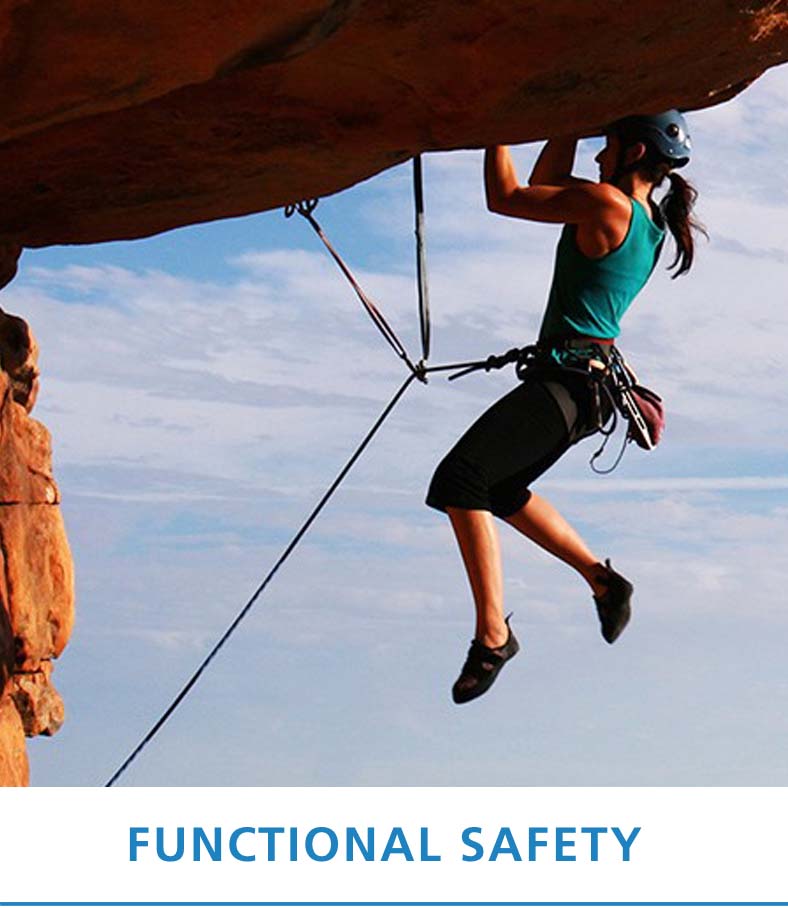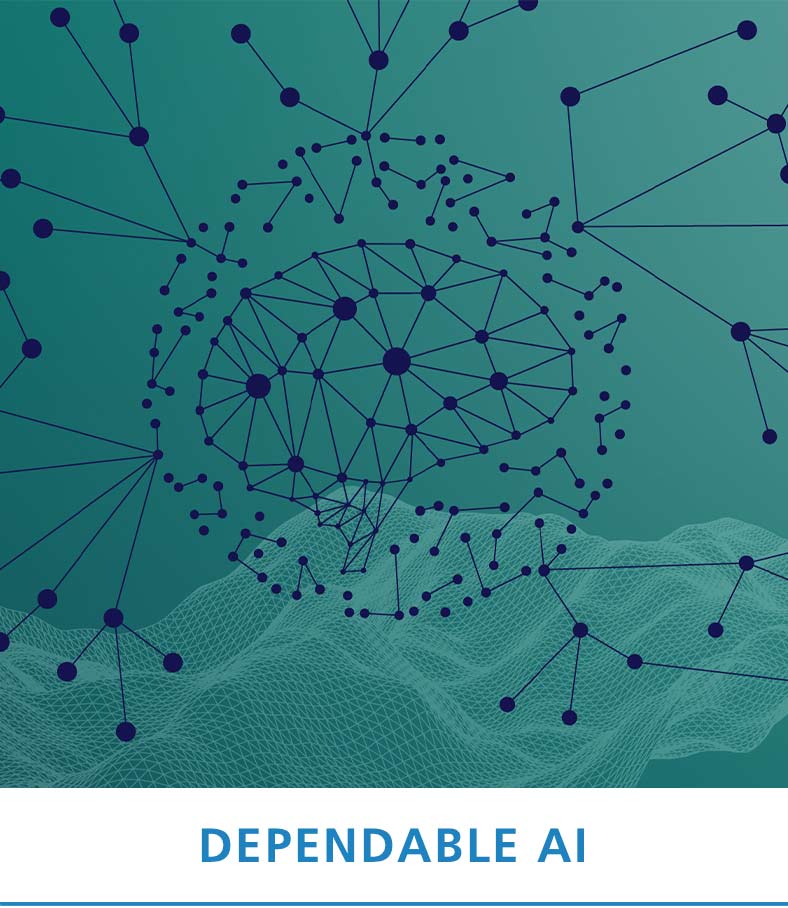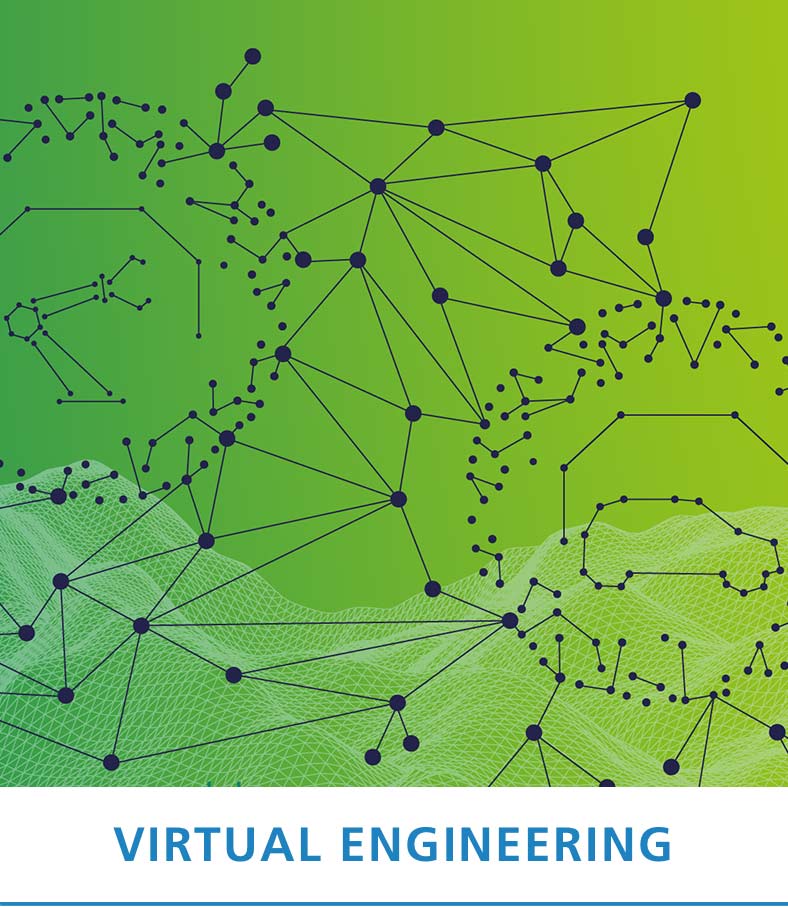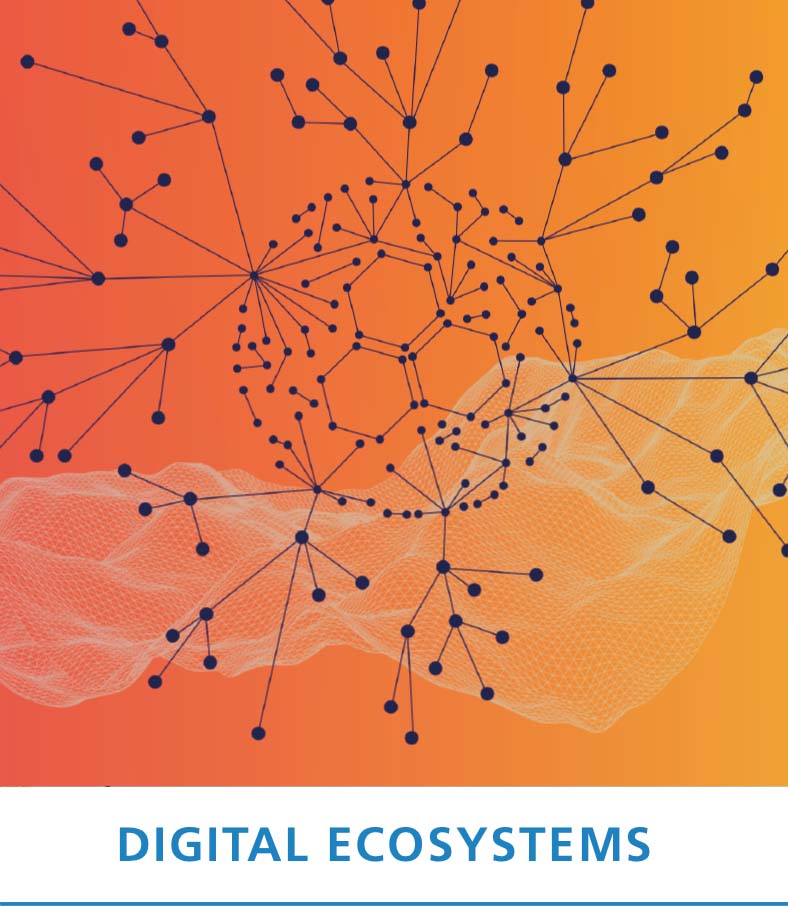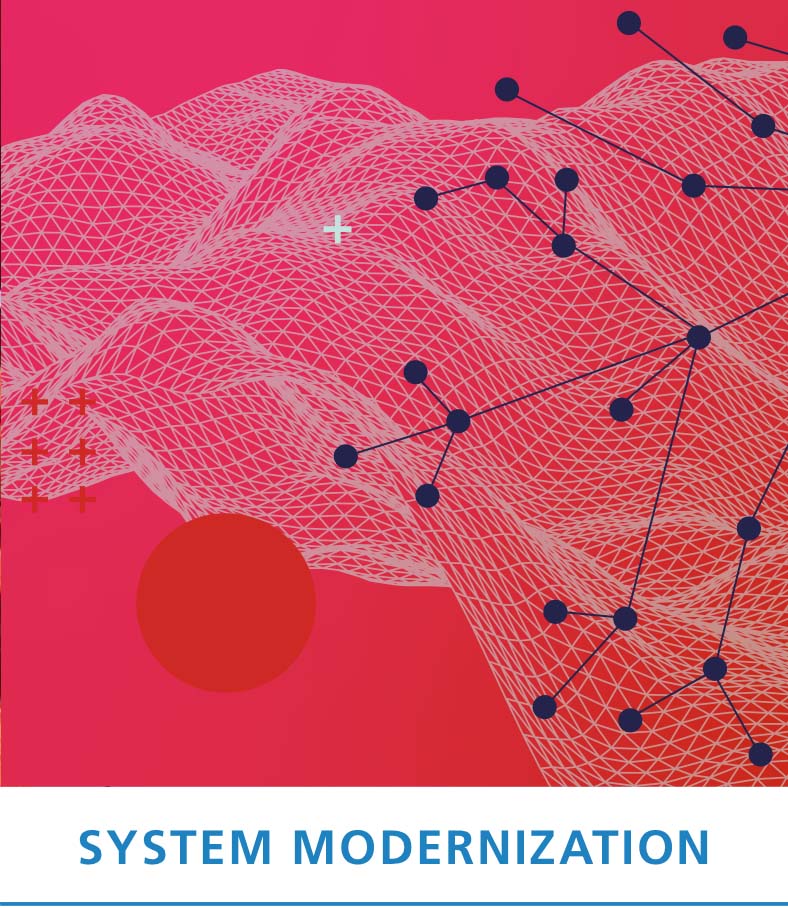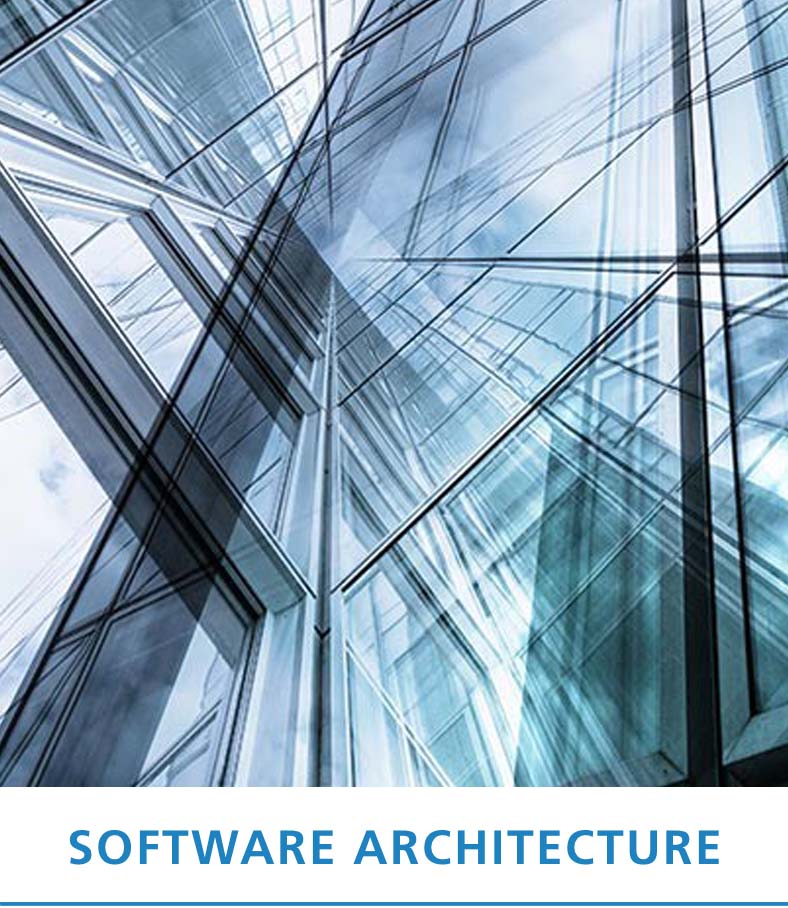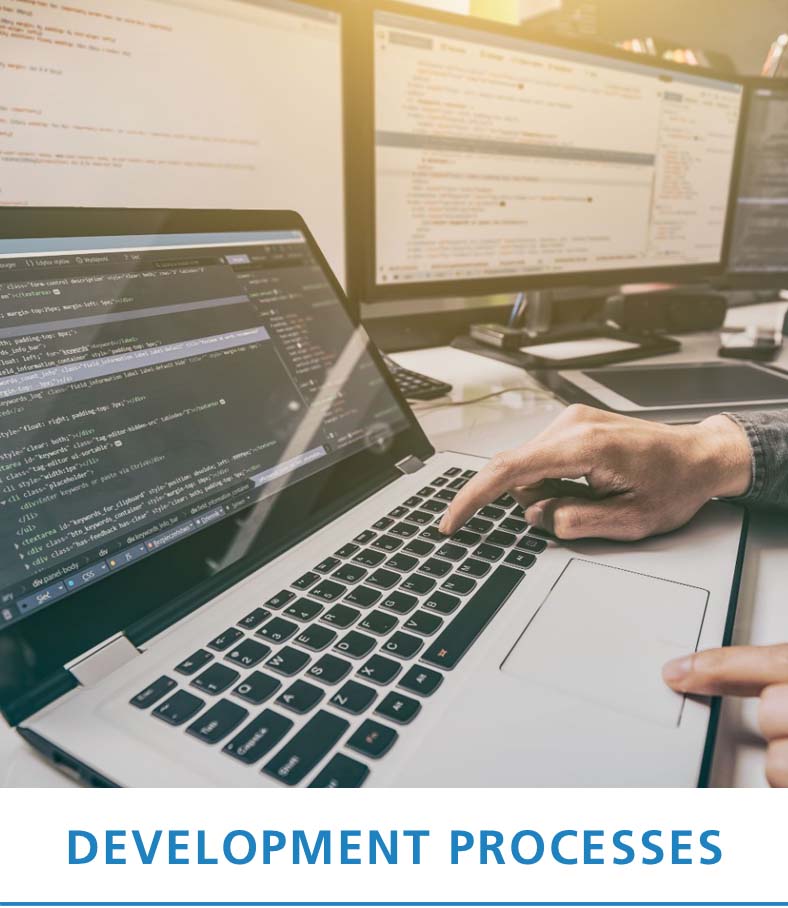Software technology for a world in motion
The flexible and individual integration of services is a key feature of mobility today, while the requirements on comfort, environmental protection, and safety are increasing at the same time. Highly automated assistance systems and driving functions must function safely and reliably in order to implement new mobility services or innovative commercial vehicle solutions. In this process, existing system boundaries between vehicles and IT-based services are becoming blurred.
Future mobility services will be offered in Digital Ecosystems in which different stakeholders cooperate multilaterally to conduct business. Such Digital Ecosystems are currently emerging in a wide variety of different, even competing, constellations and cover both the provision of services related to the use of mobility and the optimized production of vehicles. At the center of these Digital Ecosystems are platforms which, for example, take care of brokering mobility offers or the harmonized exchange of telematics data or production-relevant data.
Making Digital Ecosystems successful in the long term
Just as in an ecological ecosystem, it is important to create a balance between the various participants – otherwise the ecosystem will collapse and there will be no basis for business. Traditionally, business relationships can exist between OEMs and suppliers or with the end consumer, but can also include service providers, repair shops, and drivers or passengers. The availability of data and digital information makes it possible to implement new business opportunities that also involve new partners, such as insurance companies or other transport carriers.
In addition to the design and structuring of such systems, we at Fraunhofer IESE also address the IT-technical realization with platform architectures and with the handling of the data. Which data provides you with which added value? We work on answering this and other questions with you and perform a potential analysis. How do I use data sovereignty to motivate my customers to share mobility data, for example? We work with you to design your entire Digital Ecosystem in a way that offers added values for all stakeholders, is fair, complies with data protection laws, and is attractive overall for long-term growth.
Read more about the solution we offer and about our service portfolio for Digital Ecosystems:

